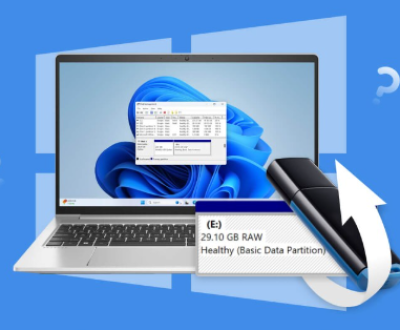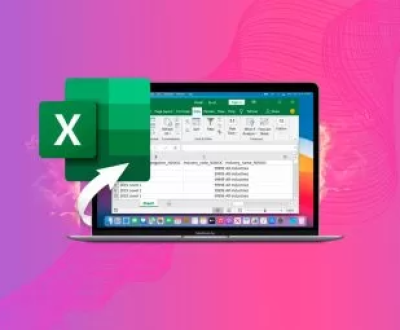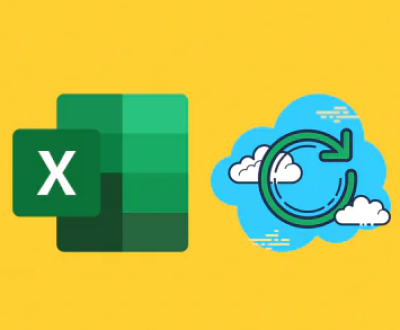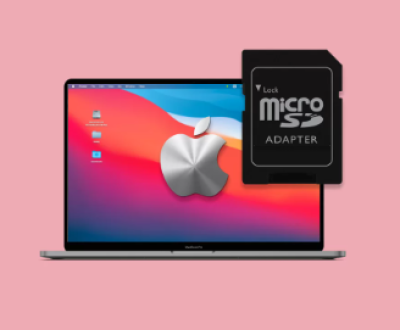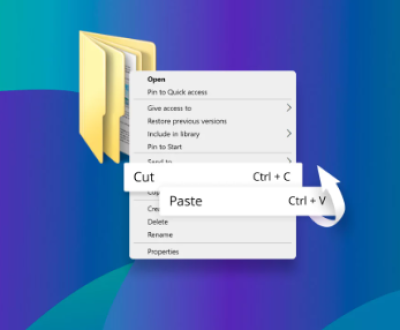When an SSD is not recognized properly by a system, it can lead to significant frustrations, especially when the drive holds important data or is being used for crucial system operations. If your drive is not being recognized as an SSD, it could be due to a number of underlying factors ranging from connection issues, hardware incompatibility, driver problems, to more complex issues such as faulty firmware or corrupted data.
1. What Does “Drive Not Recognized as SSD” Mean?
The phrase “drive not recognized as SSD” typically means that your system is unable to properly identify or interact with the solid-state drive as an SSD. This can manifest in a few different ways:
The SSD may not appear in the operating system’s file explorer or disk management utility.

The drive may show up as an unformatted or unallocated device.
The system may label the drive incorrectly, for instance, as a “Generic USB Drive” or similar, rather than as an SSD.
The operating system may not recognize the storage medium at all.
In any of these cases, the drive isn’t being properly recognized as a solid-state drive, which affects its functionality and performance. SSDs rely on specific communication protocols and drivers to be identified and operated efficiently, and failure in this process can lead to the system treating the drive like a regular hard drive or not recognizing it altogether.
2. Potential Causes for the Issue
There are several reasons why an SSD might not be recognized correctly by your system. Below are the most common culprits:
A. Connection Issues
Sometimes, simple connection problems may be at the heart of why an SSD isn’t recognized as such by the system.
Loose cables: Loose or damaged SATA, power, or data cables can prevent the SSD from being detected or functioning properly.
Faulty SATA ports: The issue may be related to the port you are connecting your SSD to, especially if the SATA connector on your motherboard or the power supply is malfunctioning.
Power issues: SSDs require proper power from the motherboard or power supply unit (PSU) in your computer. If there is insufficient power, it might not function or get detected correctly.
B. Driver Problems
Your system might not be able to recognize the SSD properly if there are issues with its drivers. Windows or macOS needs specific drivers for SSDs, and without them, the system might fail to recognize the device correctly.
Missing or outdated drivers: If the drivers for your SSD are missing, outdated, or corrupted, the operating system will have trouble detecting the SSD as such.
Incompatible drivers: Sometimes the drivers provided by the manufacturer are incompatible with certain versions of Windows or macOS, causing recognition issues.
Storage controller issues: The drive controller in your system or within your SSD could be malfunctioning, preventing proper communication between the hardware and the operating system.
C. BIOS/UEFI Settings
The BIOS/UEFI settings on your system control many aspects of how hardware is recognized during boot-up. Misconfigurations here can affect the recognition of the SSD.
Incorrect boot mode: If the system is set to boot in a mode that is incompatible with your SSD (such as IDE instead of AHCI), it might not be recognized as an SSD.
Disabled SATA ports: If the SATA ports are disabled in the BIOS/UEFI, the system won’t detect any connected SSD or hard drive.
Legacy/Compatibility mode: Some older BIOS settings may not recognize modern SSDs properly, especially if the system is running in legacy BIOS mode instead of UEFI.
D. Partition or File System Issues
If the partition or file system on your SSD is corrupted or damaged, the operating system may fail to recognize it as an SSD, or it may fail to recognize the partitions on the drive entirely.
Corrupted partition table: If the SSD’s partition table becomes corrupted, the drive may appear as unformatted or unallocated, making it impossible for the system to recognize it as an SSD.
Unformatted drive: If the SSD has been erased or is a new, unformatted drive, the system may not know what file system is on the drive, thus failing to recognize it correctly.
File system corruption: A damaged file system may cause the SSD to behave unpredictably, leading to recognition issues.
E. Firmware and Hardware Issues
At times, the problem could lie in the firmware of the SSD or the hardware of the system itself. SSD firmware bugs can sometimes cause issues with how the drive is recognized by the system.
Outdated firmware: SSD manufacturers release firmware updates to fix bugs and improve compatibility. An outdated firmware version may cause issues in how your system identifies the drive.
Manufacturing defects: In rare cases, a manufacturing defect in the SSD may prevent it from being recognized properly, especially if the drive has become physically damaged over time.
3. Step-by-Step Troubleshooting
Here are several troubleshooting steps you can follow to fix the issue of an SSD not being recognized as such:
Step 1: Check Connections
Start by ensuring all cables are connected properly:
Power off your PC and disconnect it from the power supply.
Open the case and check the SATA data and power cables for loose connections.
Ensure that the SATA cable is securely plugged into both the SSD and the motherboard.
If the cables seem damaged, try replacing them with new ones to see if this resolves the issue.
Step 2: Test the SSD on Another System
To rule out the possibility that the issue lies with your computer’s configuration, try connecting the SSD to another computer.
If the SSD works fine on a different system, the issue is likely related to your original computer.
If the SSD is still not recognized on another system, the issue might be with the SSD itself.
Step 3: Check BIOS/UEFI Settings
Verify that the BIOS/UEFI is configured correctly:
Restart your PC and enter the BIOS/UEFI settings (usually by pressing Del, F2. or Esc during boot).
Ensure that the SATA mode is set to AHCI rather than IDE or RAID. AHCI mode is required for SSDs to function properly.
Check if the SATA ports are enabled in the BIOS/UEFI.
If the BIOS is set to Legacy Boot, switch to UEFI Boot to ensure proper recognition of newer SSDs.
Step 4: Update Drivers
Outdated or missing drivers could be the cause of the issue:
Open Device Manager by pressing Win + X and selecting Device Manager.
Find your SSD under the Disk Drives section.
Right-click and select Update Driver.
Choose Search automatically for updated driver software.
If the system finds an update, allow it to install and check if the SSD is recognized correctly.
If updating the driver doesn’t solve the issue, you can also download the latest drivers directly from the SSD manufacturer’s website.
Step 5: Check Disk Management
Press Win + X and select Disk Management.
Check if the SSD appears in Disk Management as Unallocated or Uninitialized.
If the drive appears unallocated, right-click on it and select Initialize Disk and choose the appropriate partition style (MBR or GPT).
If the drive appears as unformatted, you can create a new volume and format it from this interface.
Step 6: Use Command Prompt to Detect the SSD
If the SSD is not showing up in the file explorer but may still be detected by Windows, you can use the Command Prompt to try and detect it.
Open Command Prompt as Administrator.
Type diskpart and press Enter.
Type list disk to display all connected drives.
If your SSD is listed, try selecting it using select disk X (replace X with the SSD number).
You can then attempt to clean and partition the drive using clean, but be aware this will erase all data on the SSD.
Step 7: Update SSD Firmware
Check the manufacturer’s website for any available firmware updates for your SSD model. Follow the manufacturer’s instructions carefully to update the firmware, as this can sometimes resolve compatibility issues.
Step 8: Test with a Different Computer or SSD
If all else fails, test the SSD with a different PC to verify if the issue is specific to your original computer. Alternatively, try a different SSD in the original computer to see if the issue persists.
4. When to Seek Professional Help
If none of these troubleshooting steps work, and your SSD still isn’t recognized as an SSD, it may be time to seek professional assistance. Potential issues could include hardware failure, severe firmware corruption, or other problems that are difficult to resolve without specialized tools or expertise.
About us and this blog
Panda Assistant is built on the latest data recovery algorithms, ensuring that no file is too damaged, too lost, or too corrupted to be recovered.
Request a free quote
We believe that data recovery shouldn’t be a daunting task. That’s why we’ve designed Panda Assistant to be as easy to use as it is powerful. With a few clicks, you can initiate a scan, preview recoverable files, and restore your data all within a matter of minutes.
Subscribe to our newsletter!
More from our blog
See all postsRecent Posts
- Retrieve files from usb 2025-07-04
- How to retrieve overwritten excel file 2025-07-04
- How to retrieve lost files on sd card 2025-07-04

 Try lt Free
Try lt Free Recovery success rate of up to
Recovery success rate of up to

